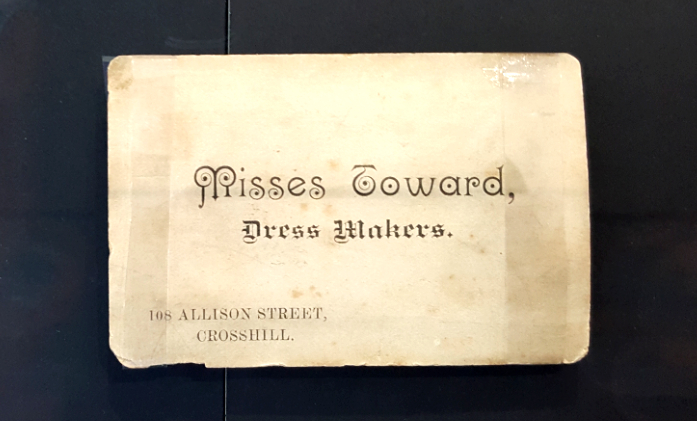
In June I re-visited one of my favourite museums in Scotland; The Tenement House in the West End of Glasgow. The museum was the home of Miss. Agnes Toward (and her mother) from 1911 until 1965 when she entered long-time hospital care before dying in 1972. The Tenement House was sold to the National Trust for Scotland (NTS) in the early 1980s and is a microcosm of one woman’s lifetime experiences from the early to mid-twentieth century.
The museum is reasonably priced with an single adult family ticket costing £12.50 and a family ticket costing £18.50. There is plenty to see and do for nearly all ages (I say nearly as the steep stairs can be off-putting for parents of smaller children) with spaces for temporary exhibitions and a handling collection for children. The handling collection consists of household goods, pots, pans and replica clothing from the early to mid-twentieth centuries. The author may or may not have dressed up in said clothing to really get in the spirit of the era the Tenement House is set in!
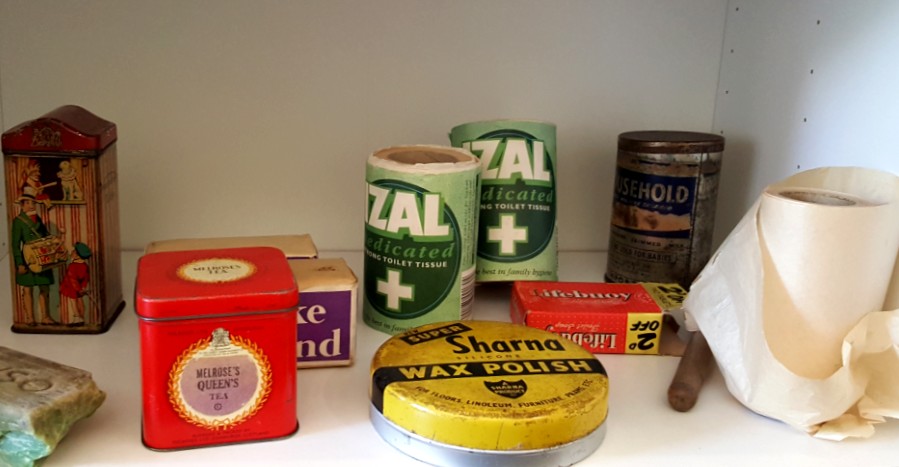
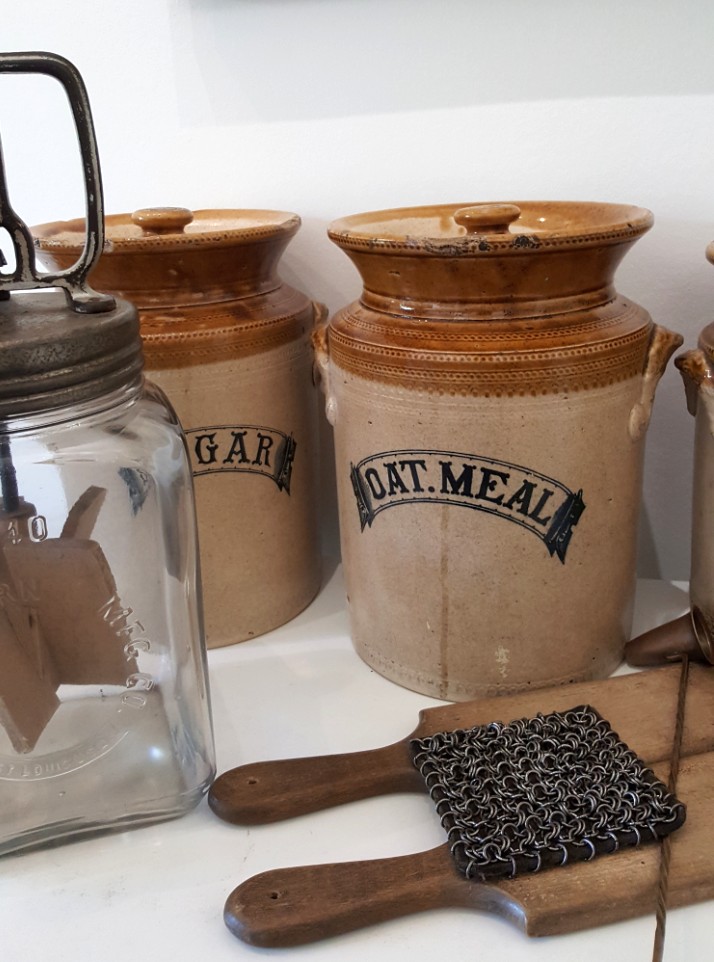
The Tenement House fits all my weird niche interests covering domestic and dress history and staff at the museum were as enthusiastic about the items on display as I was! Miss Toward kept nearly everything from the detritus of her everyday life from jam from the 1940s to old soap so black because of how many times it has been handled! There is a strong emphasis on sewing ephemera from thread bobbins to the receipt for the Singer sewing machine that was used by Agnes and her mother. Agnes’ attitude to waste not want not has helped preserve one of the most important social history collections of the twentieth century in the UK which is particularly poignant given that the items within the collection are nearly all from a female perspective. A most unusual undertaking within any museum collection context.
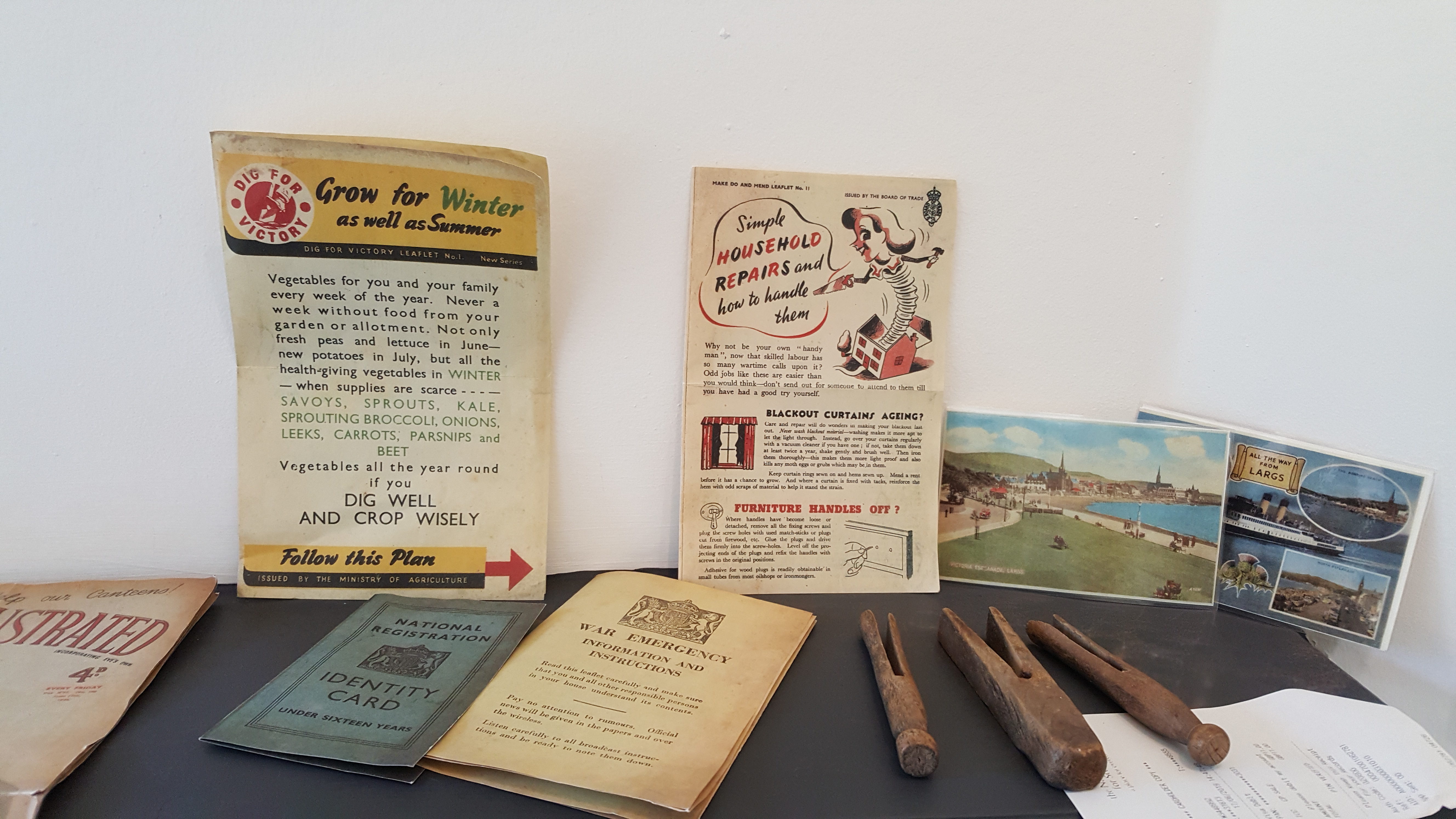
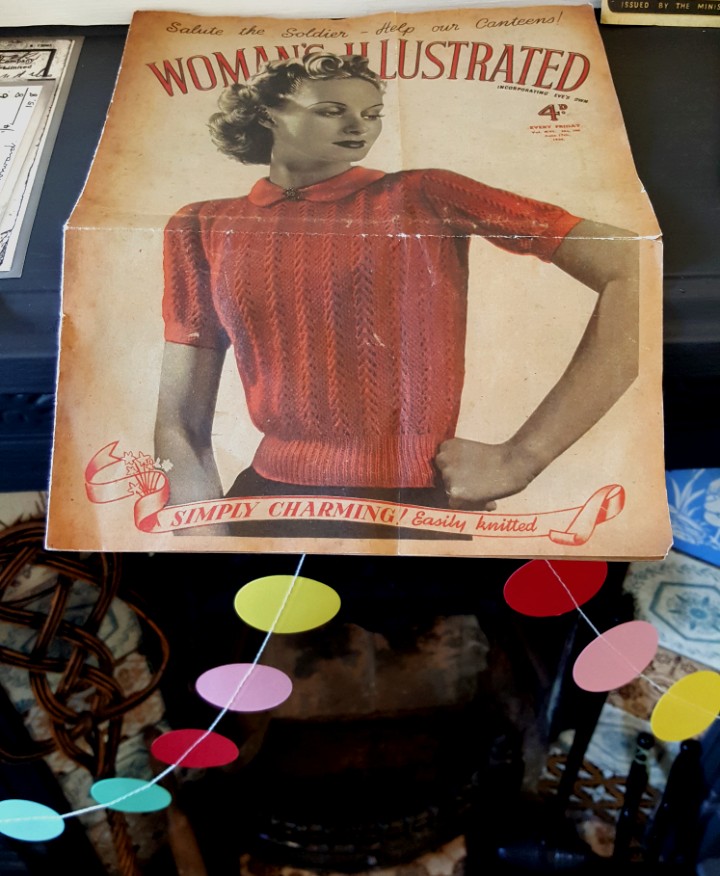
The museum has a small permanent collection in an exhibition space on the ground floor that sits in tandem with exhibition panels of how Agnes’ story fits in with the broader themes of life within Glasgow tenements. These themes are discussed in a clear and concise manner with interesting photographs to illustrate the points within the text. My personal favourite (pictured below) shows Agnes in later life enjoying ice cream on her holiday ‘doon the watter’ possibly in Largs, North Ayrshire from the famous Art Deco brilliance that is Nardini’s Ice Cream Parlour. The artefacts from Miss. Toward’s collection are displayed in rectangular glass cases that offers the viewer the chance to walk 360 degrees around the boxes in order to see the objects from all angles.
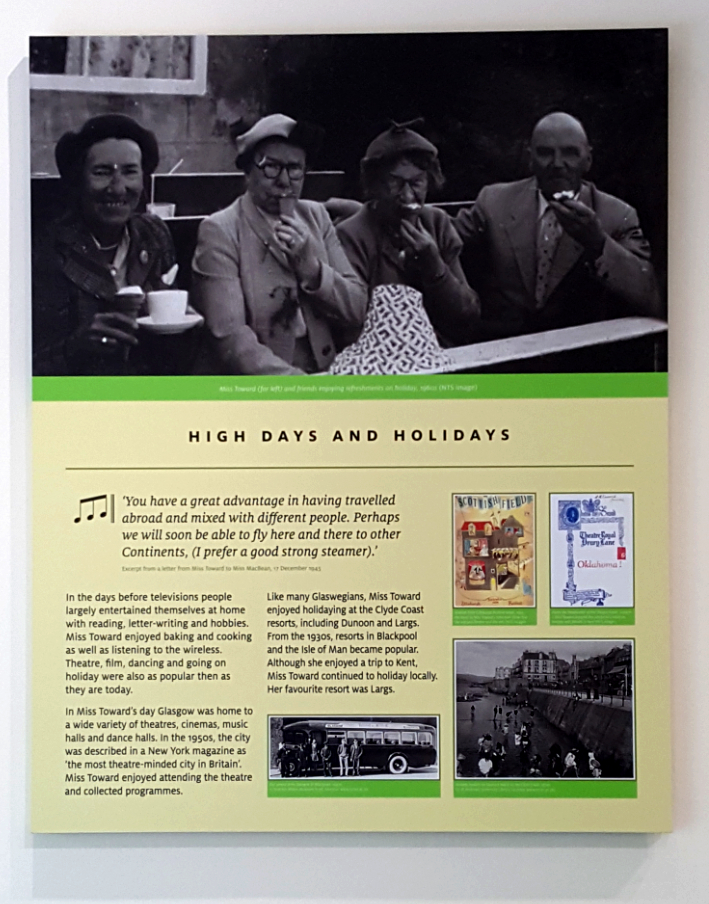
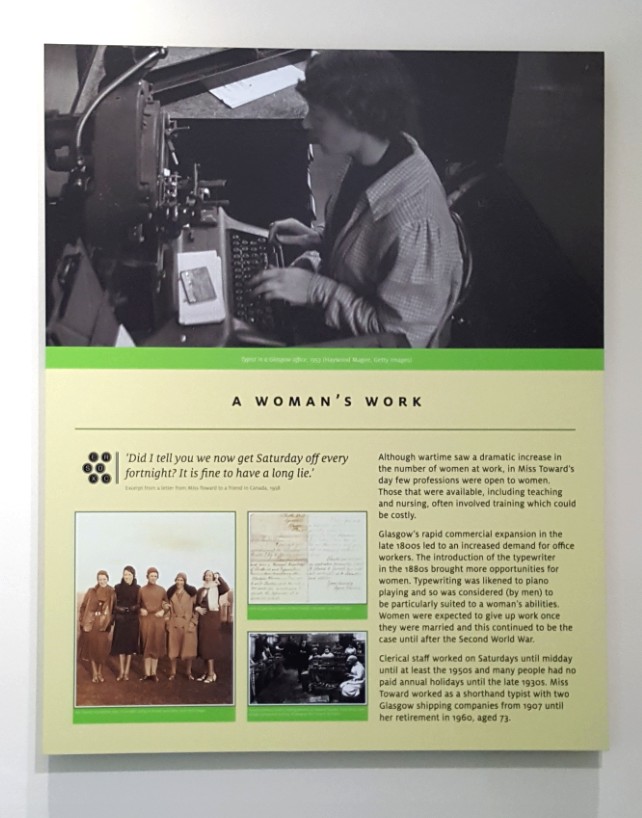
There is a strong emphasis on sewing and beauty ephemera within the glass cases which hold everything from sunglasses to ribbons, photographs to magazines and sewing bobbins to buttons. Curatorially speaking the items have been displayed in such a manner as you imagine Agnes’ has just left stuff behind her on a table after a busy day. A wonderful personal touch from the curatorial staff at the Tenement House.
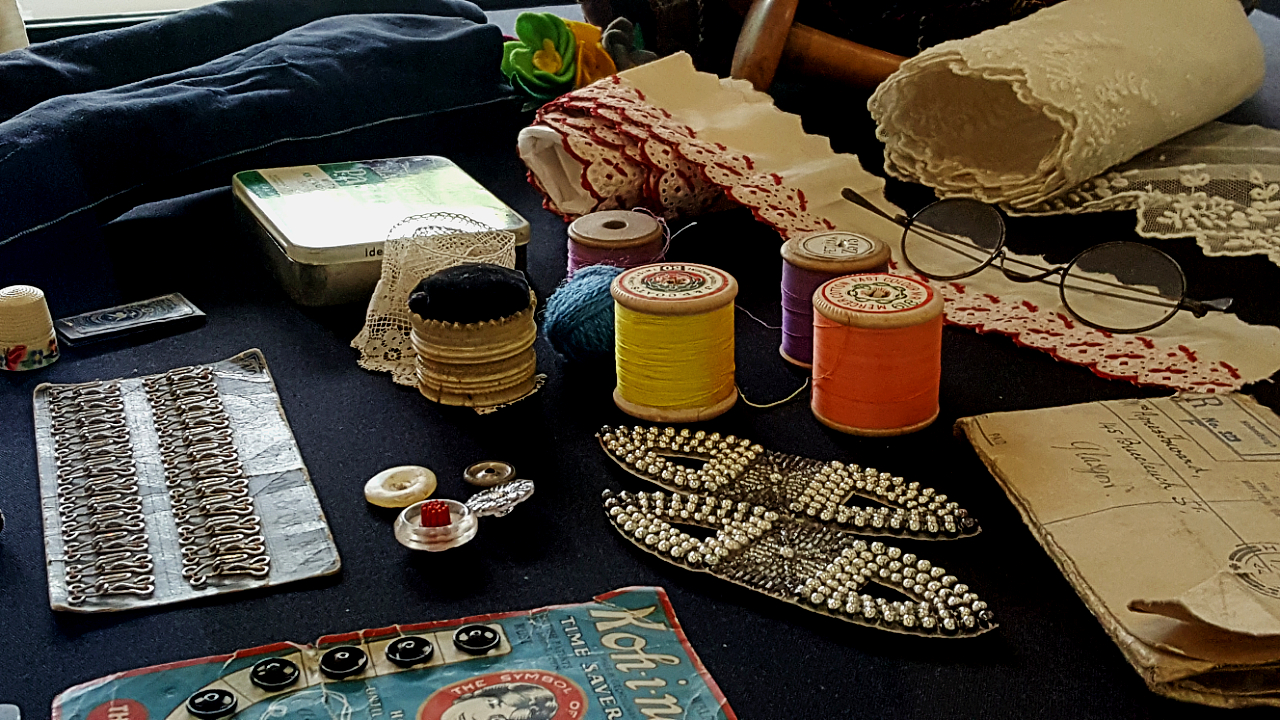
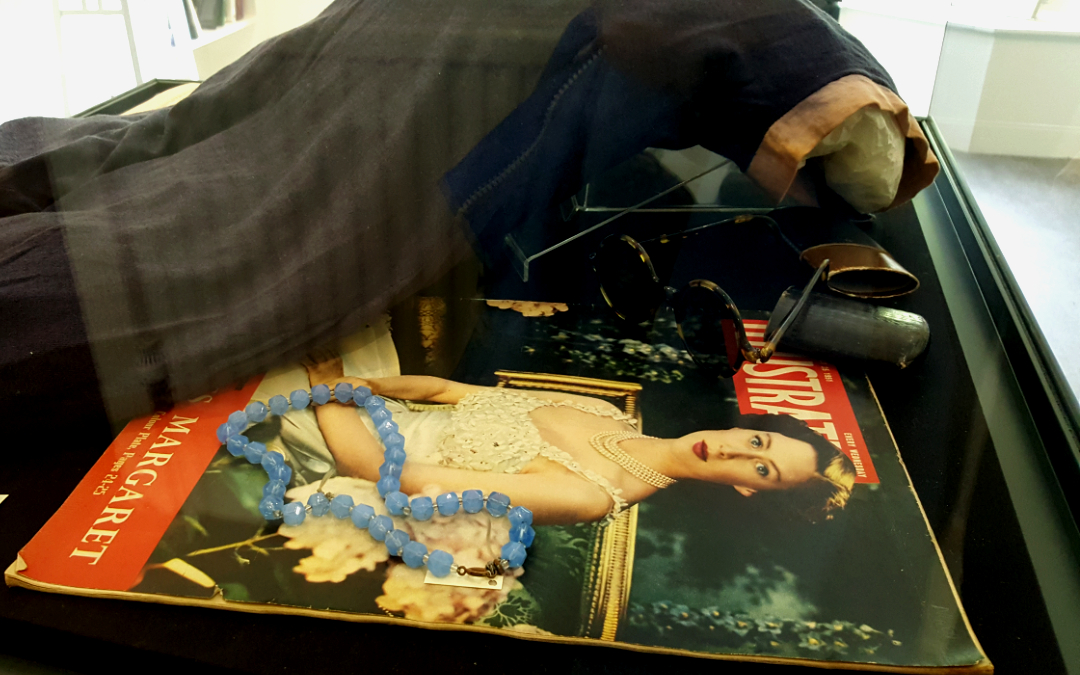
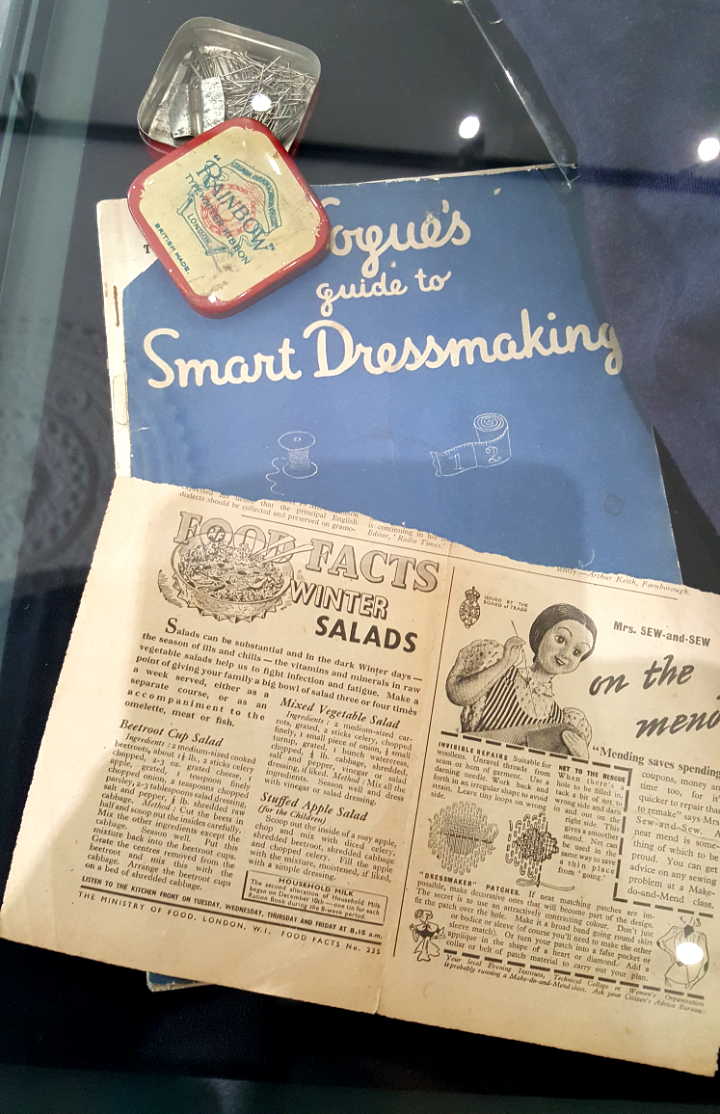
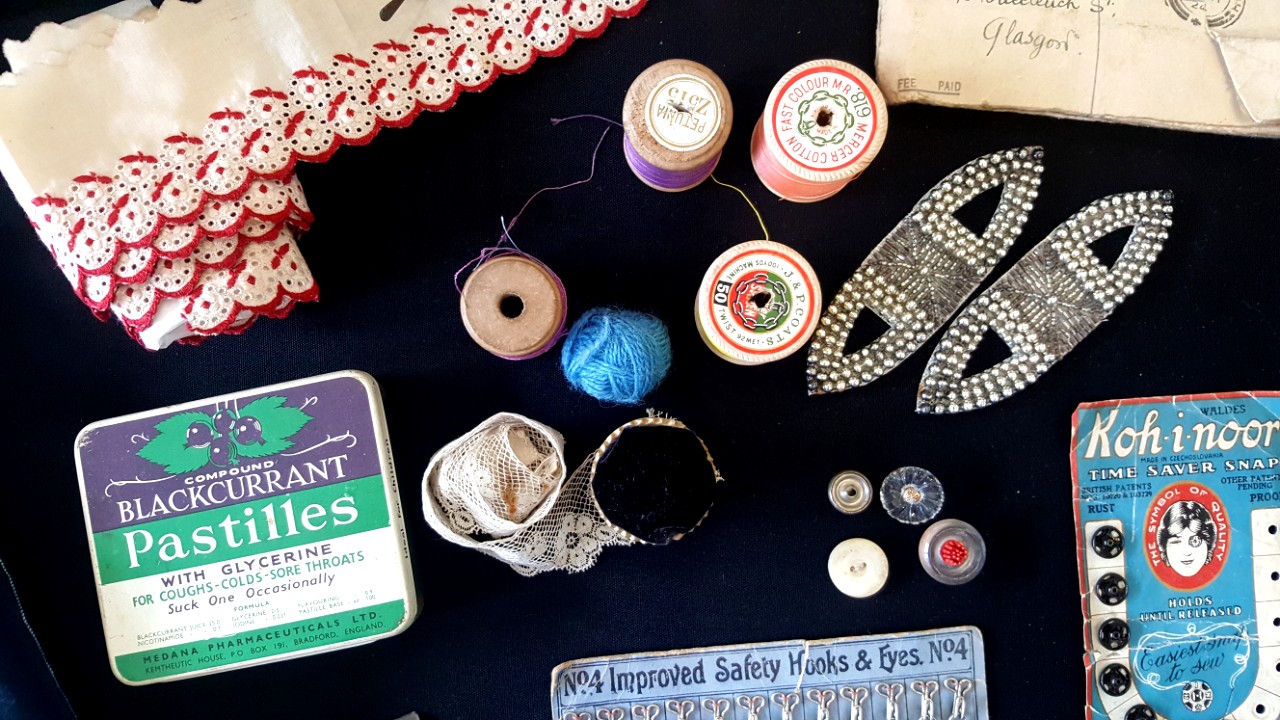
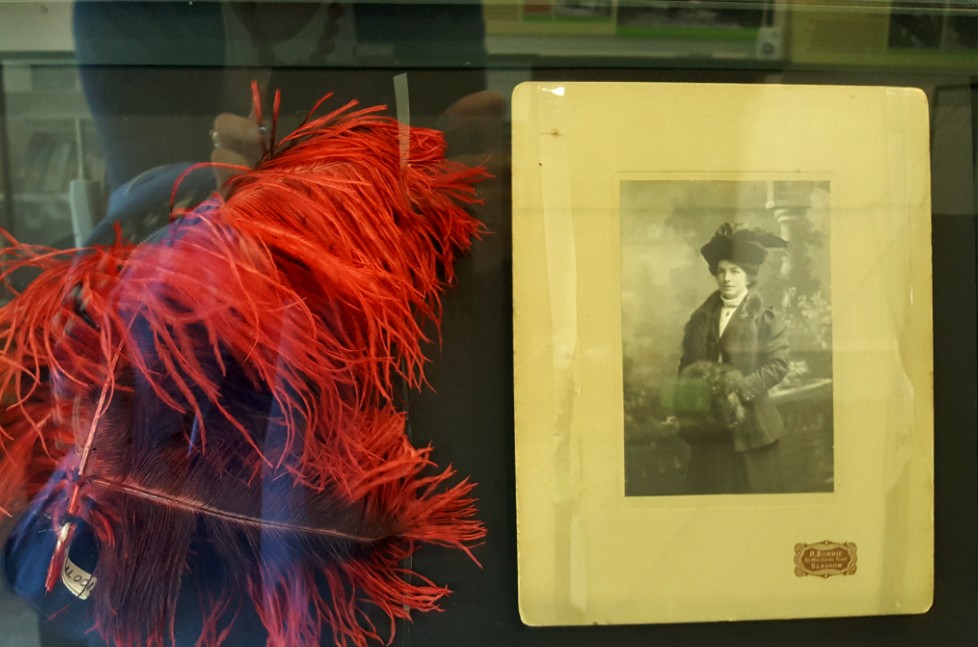
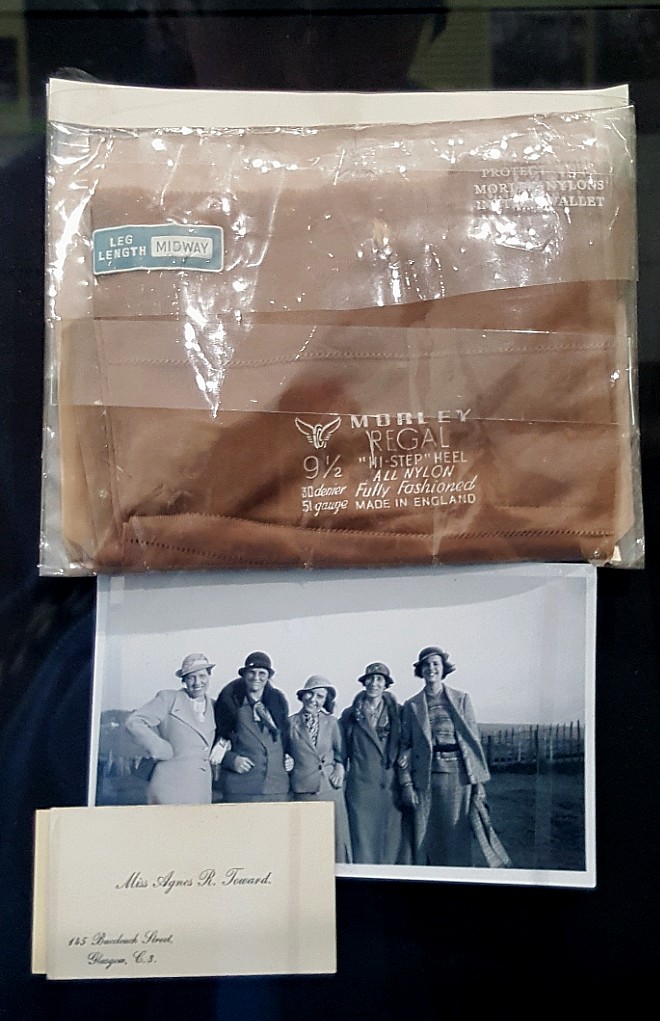
The flow of the exhibition is easy to navigate for all users though it should be noted that the actual tenement flat itself is up one set of steep stairs which are not accessible to wheelchair users or those who are less abled due to the design of the building. After visiting the ground floor, you make your way up steep steps to the front doors of Miss. Toward’s flat on the first floor. You must knock on the door to be admitted to a bygone era of gas-light carbolic soap and box-beds. There is gas-light throughout the flat that really gives a sense of how dark the flat could be even on a bright summer’s day such was the weather when I visited. The flat itself has a hall, small front-facing bedroom, formal parlour with box bed, cludgie (bathroom) and kitchen again with a box-bed. It was common for people to sleep in box-beds when these tenements where built and continued to be slept in until the mid-twentieth century when hygiene finally rang the death knell for these types of beds.
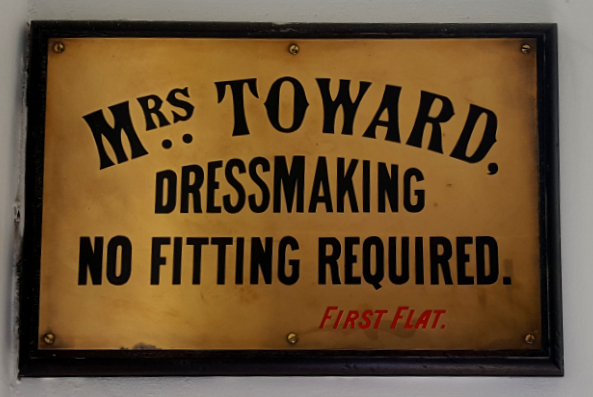
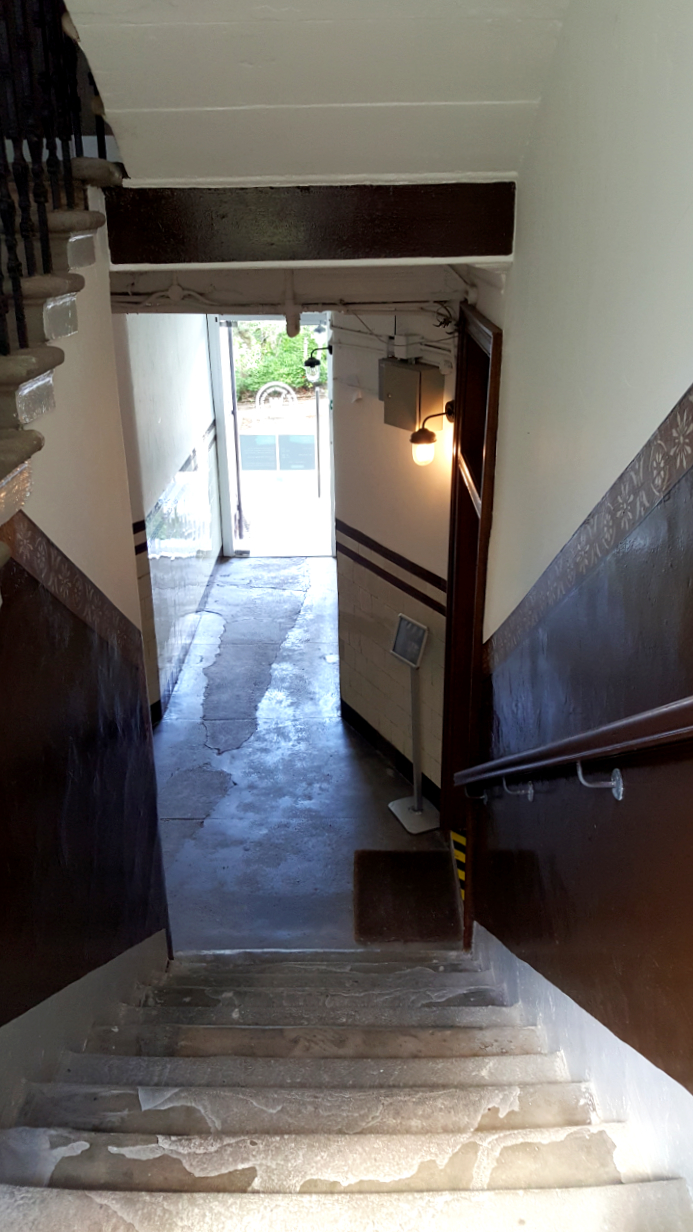
The ‘cludgie’ or bathroom is luxurious by 1911 standards and contains an array of twentieth century beauty and toiletry products including numerous medicine jars arranged on the window. The kitchen is typical of the era with a stove as the central point of the kitchen, a scrubbed table to centre and a ‘butler’ or wooden rack and pulley system for drying clothes indoors.
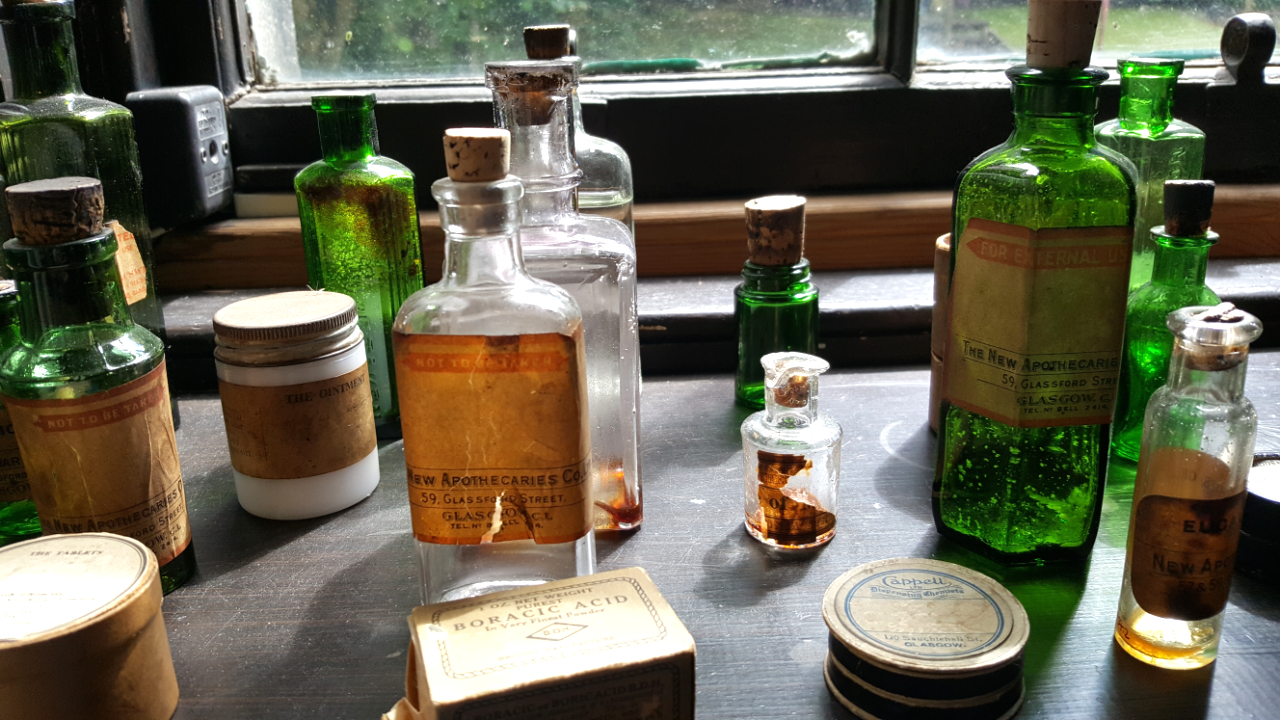
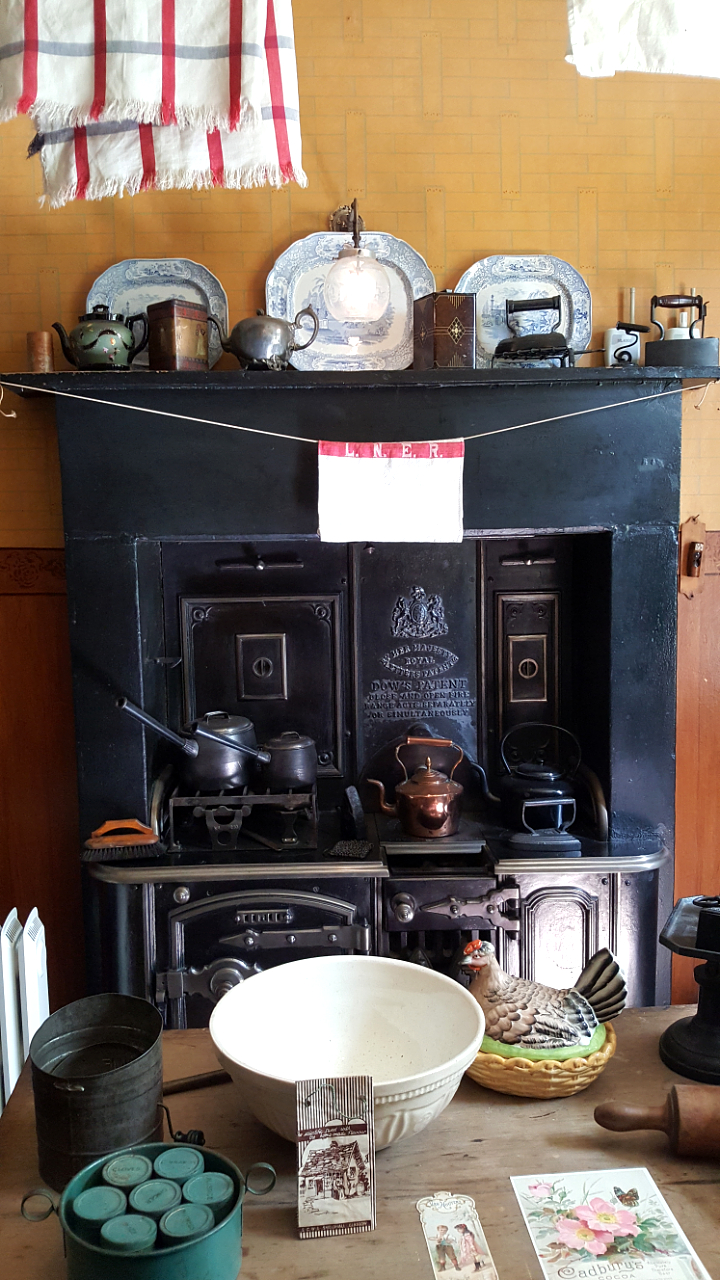
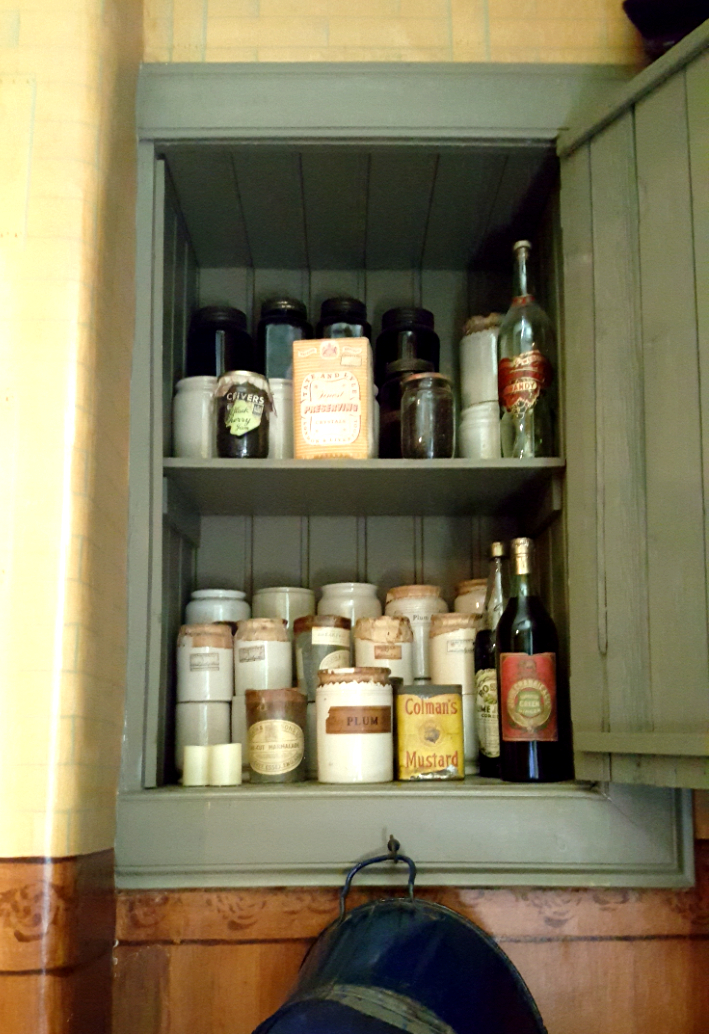
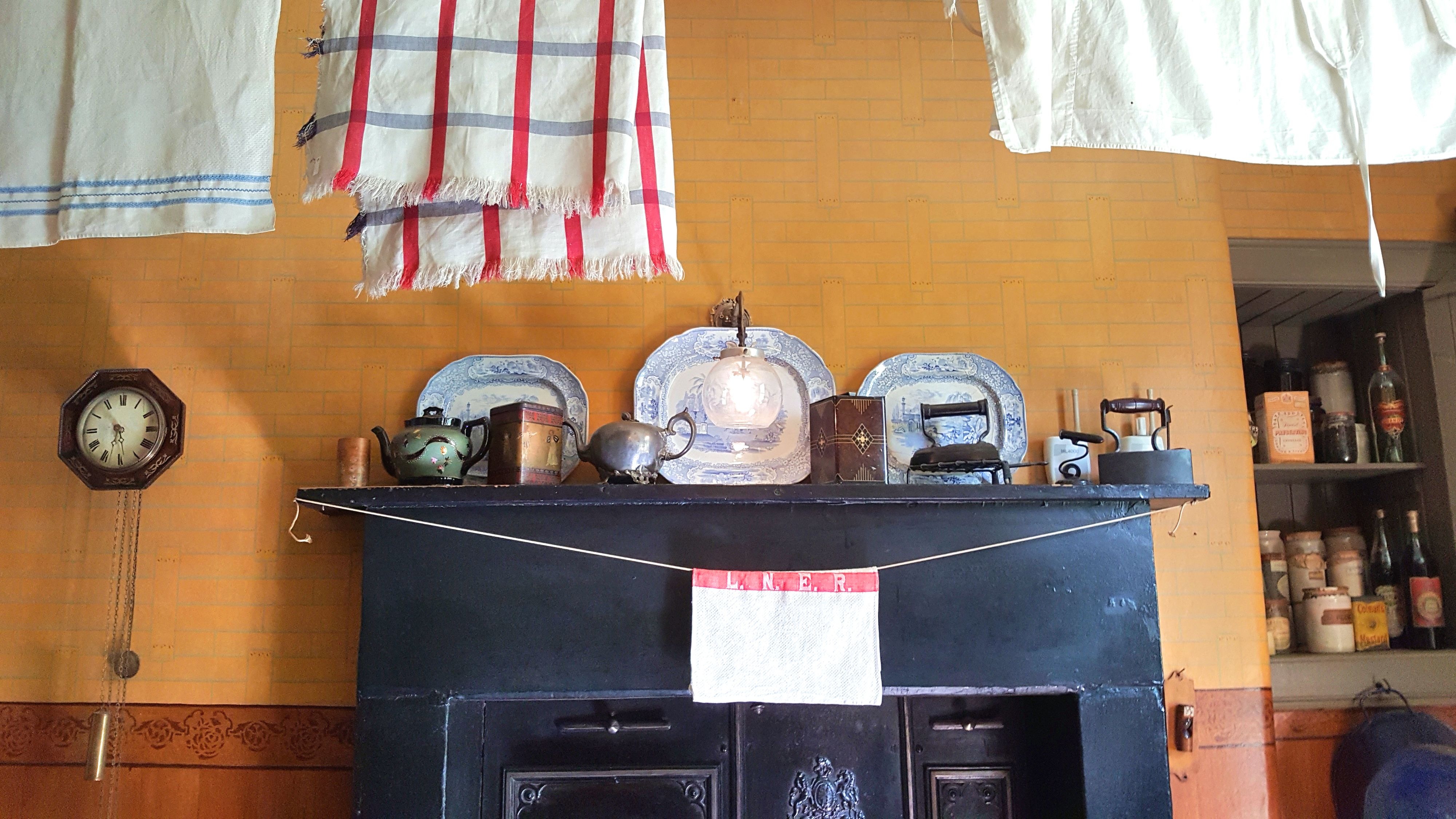
The parlour has some décor that we would today deem as Victorian which is not unusual as Agnes’ mother was brought up in the Victorian era and possibly retained Victorian furnishings long after they were fashionable. The parlour table is set up with afternoon tea china and the walls decorated with photographs, paintings and drawings. There is sewing ephemera, letters and postcards littered about the room as if the family has just left the room. My favourite room by far was the small front-facing bedroom complete with dressing table, wire bed, clothes, wardrobe and numerous leaflets for the Edinburgh festival and postcards (Agnes was an avid lover of the arts and enjoyed seaside holidays).
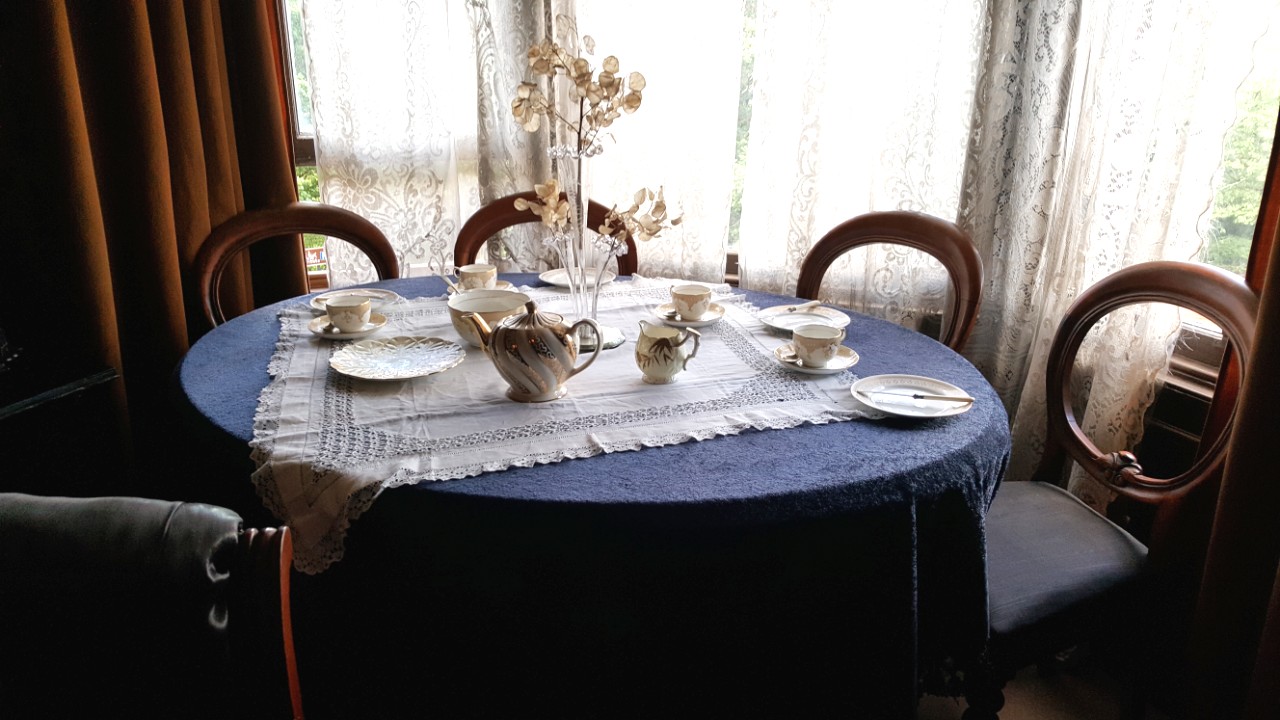
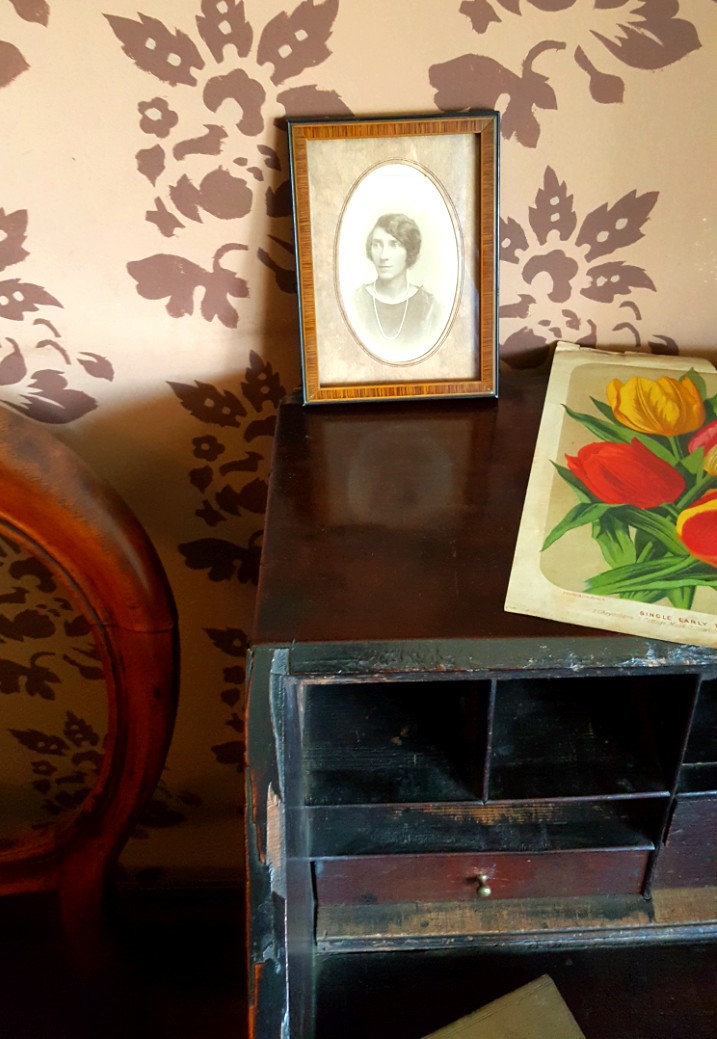
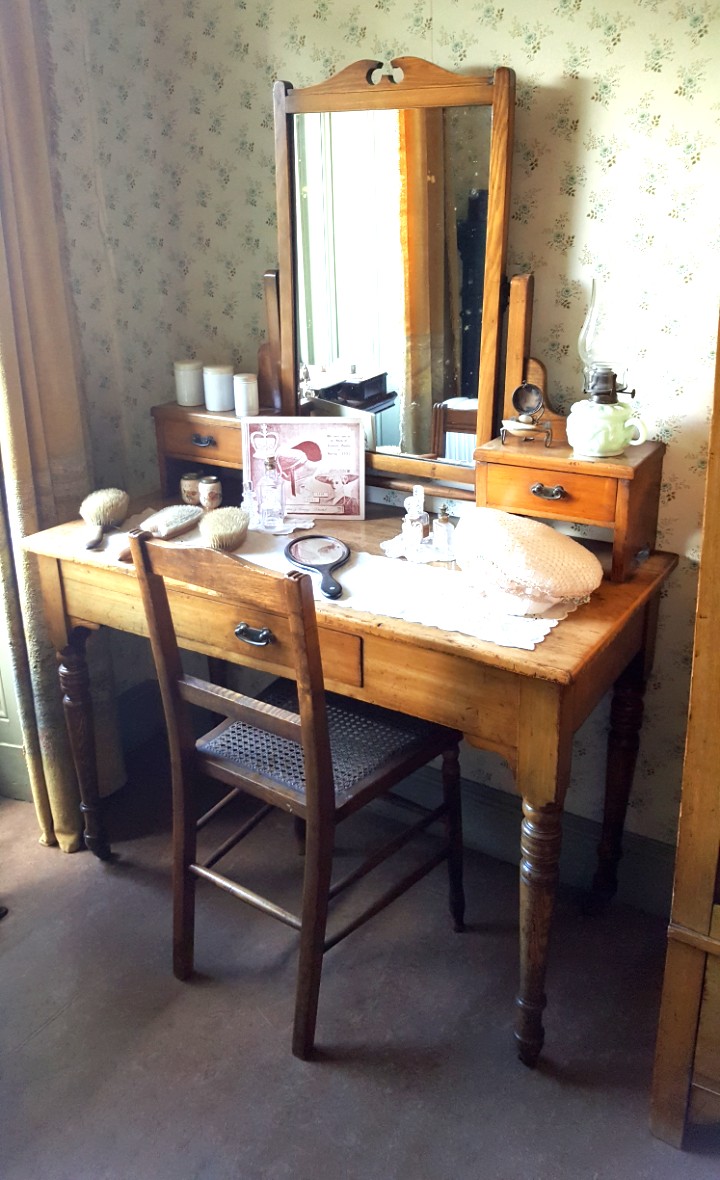
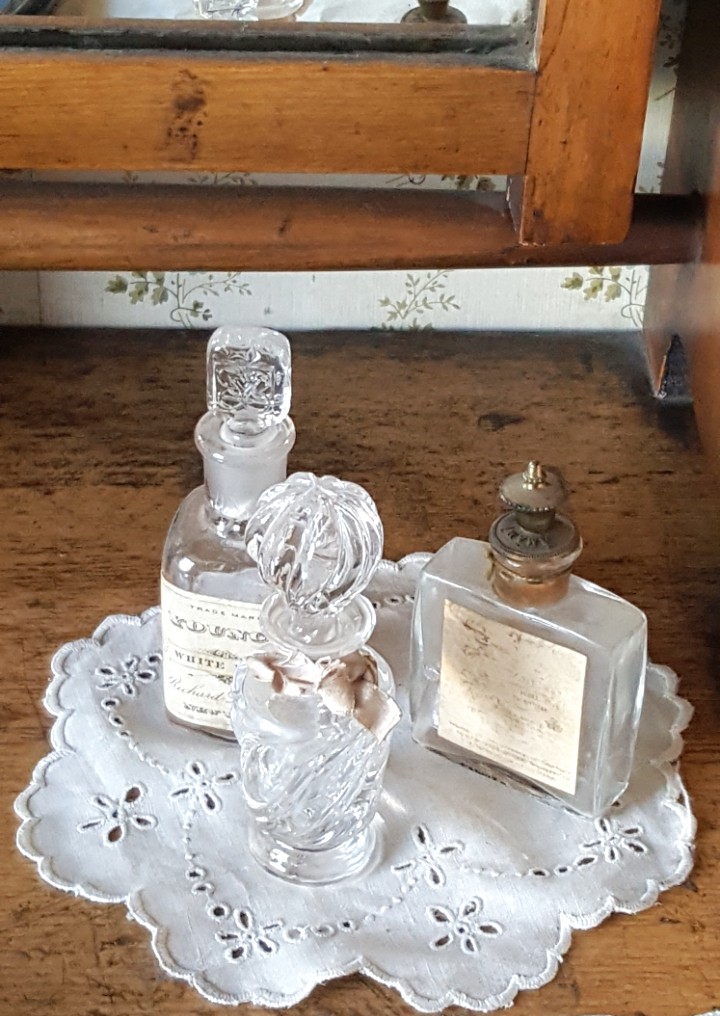
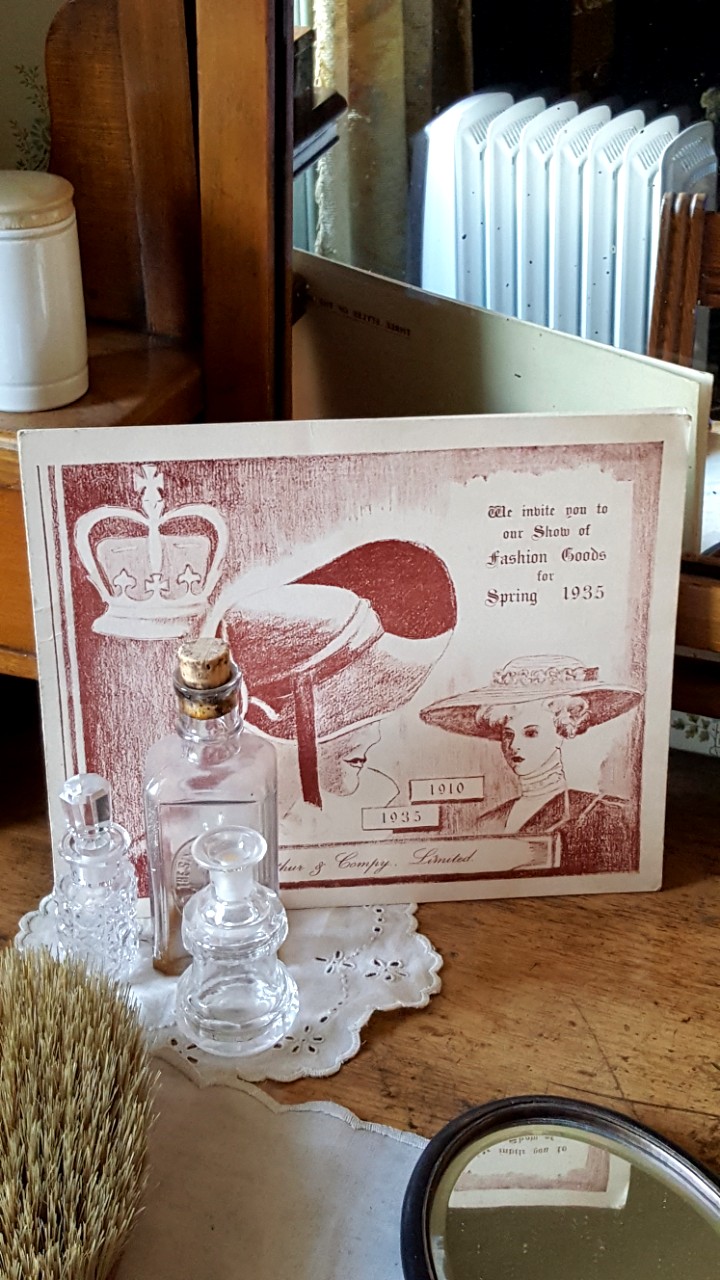
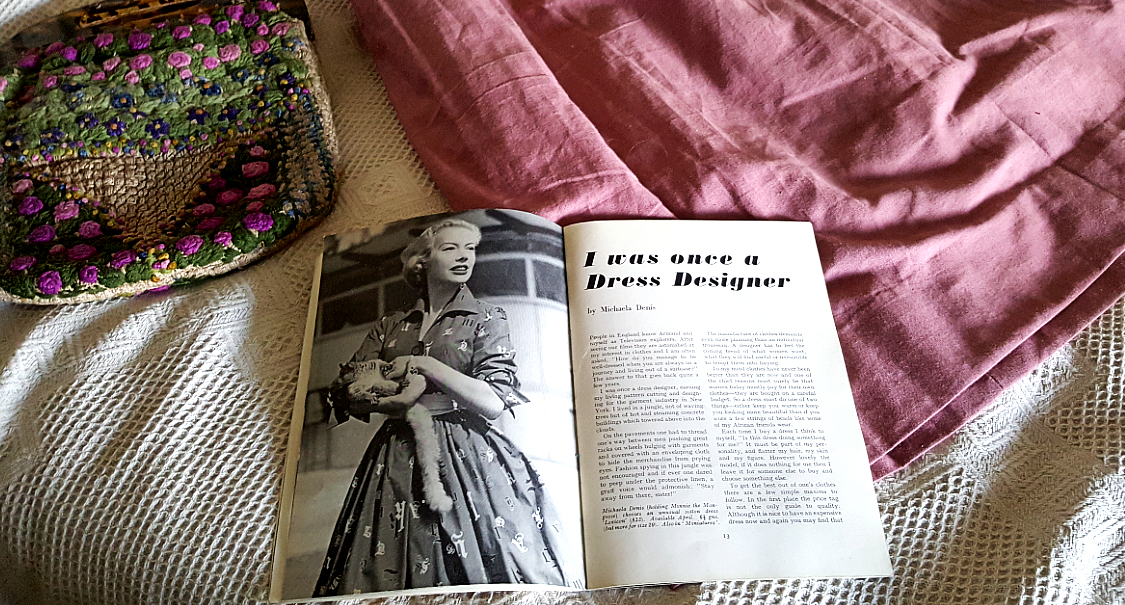
It is these personal yet strange or quirky touches that make the Tenement House so interesting; everywhere you look there is the personal touches that make you feel like Agnes’ has just left the room to make a cup of tea or stepped out to buy more carbolic soap. My favourite personal touch is the sewing machine sitting in the parlour window just as if someone has just left it; even the receipt for the sewing machine is included in the permanent exhibition on the first floor. Personally, I enjoy these types of museums more as they are more familiar to me than say a large eighteenth-century castle just like most people I can resonate with every-day ordinary objects rather than with paintings by famous artists. Though, don’t get me wrong I do appreciate a beautiful Gainsborough or Degas painting!
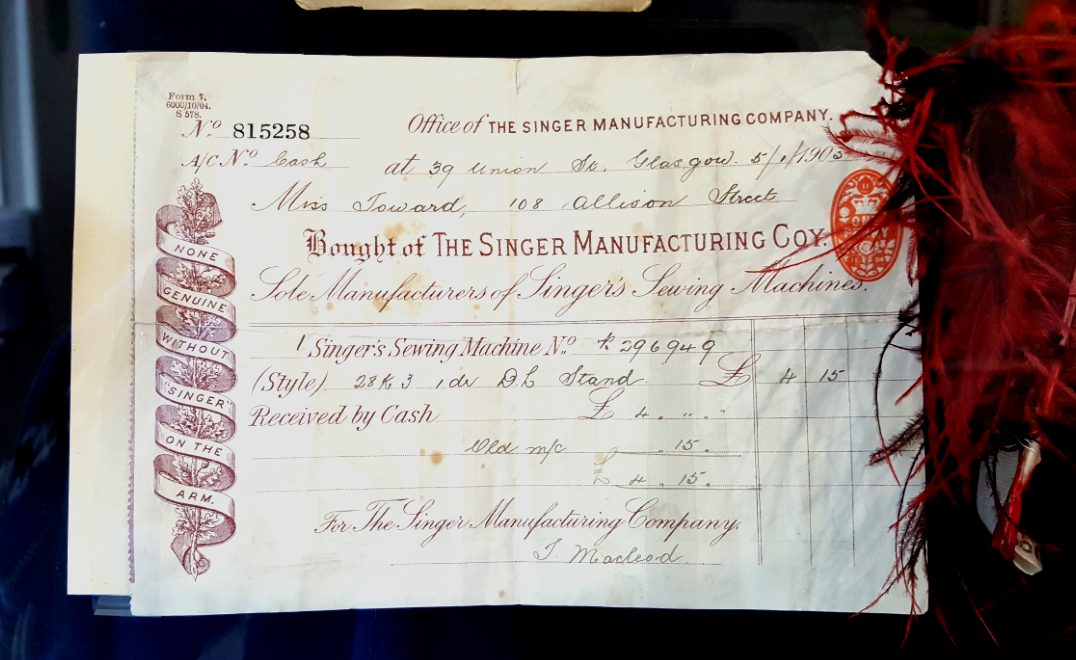
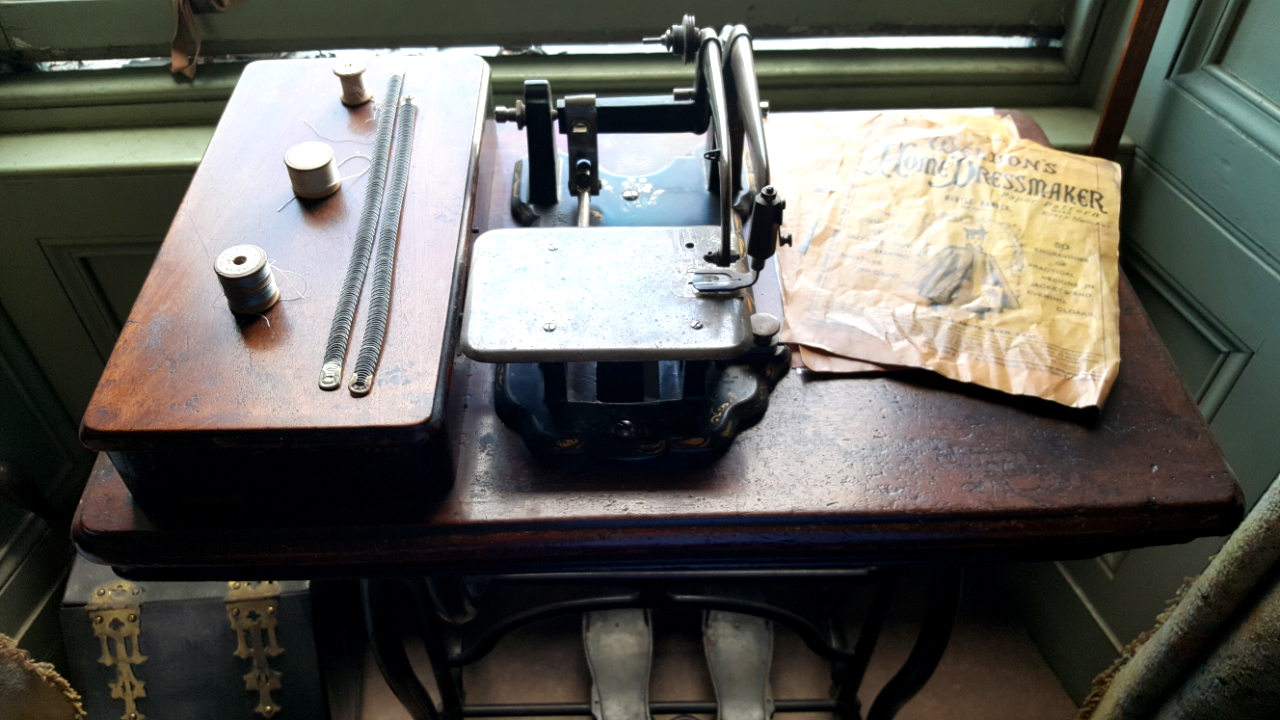
The familiarity of Agnes’ flat is almost like we are going to our grand-parents’ house when we are young and finding carbolic soap or a familiar brand of sweets. Indeed, the most uttered phrase according to staff in the museum is ‘My granny had this or that!’ when people visit the museum for the first or second or indeed even third time. I would urge you next time you are in Glasgow to make the trek out to Garnethill to see the Tenement House it is worth the extra effort to see this wonderful microcosm of every-day Glaswegian life.
Photos and words (c) Rachel Sayers 2019. Objects (c) The National Trust for Scotland.